Chemical dosing is one of the most crucial processes in Wastewater Treatment. The main motto behind chemical dosing is Phosphate Removal & pH maintenance.
Due to various chemical reactions & processes followed in industries, there are high chances of increasing the pH of used water. If such water is discharged into the rivers, lakes, etc., there are high chances of threat to Human Life & Bio life as well.
The environmental regulating bodies prescribe the exact quality of water to be discharged into main streams.
The major chemicals used in wastewater treatment are
- pH neutralizers (Sodium Hydroxide / Caustic)
- Coagulants
- Flocculants
Process Overview
The chemical dosing system mainly consists of a storage container, dosing pumps, level instruments, switches, and valves. The location of dosing is mainly decided by chemical engineers or process engineers.
The container is equipped with level indicators so that it can be filled efficiently by observing the volume of chemical used.
The dosing pumps fetched the required chemical from container with the help of actuators.
The valves at the outlet of dosing pumps are On/Off valves to regulate the flow of chemicals at the location.
Process Diagram
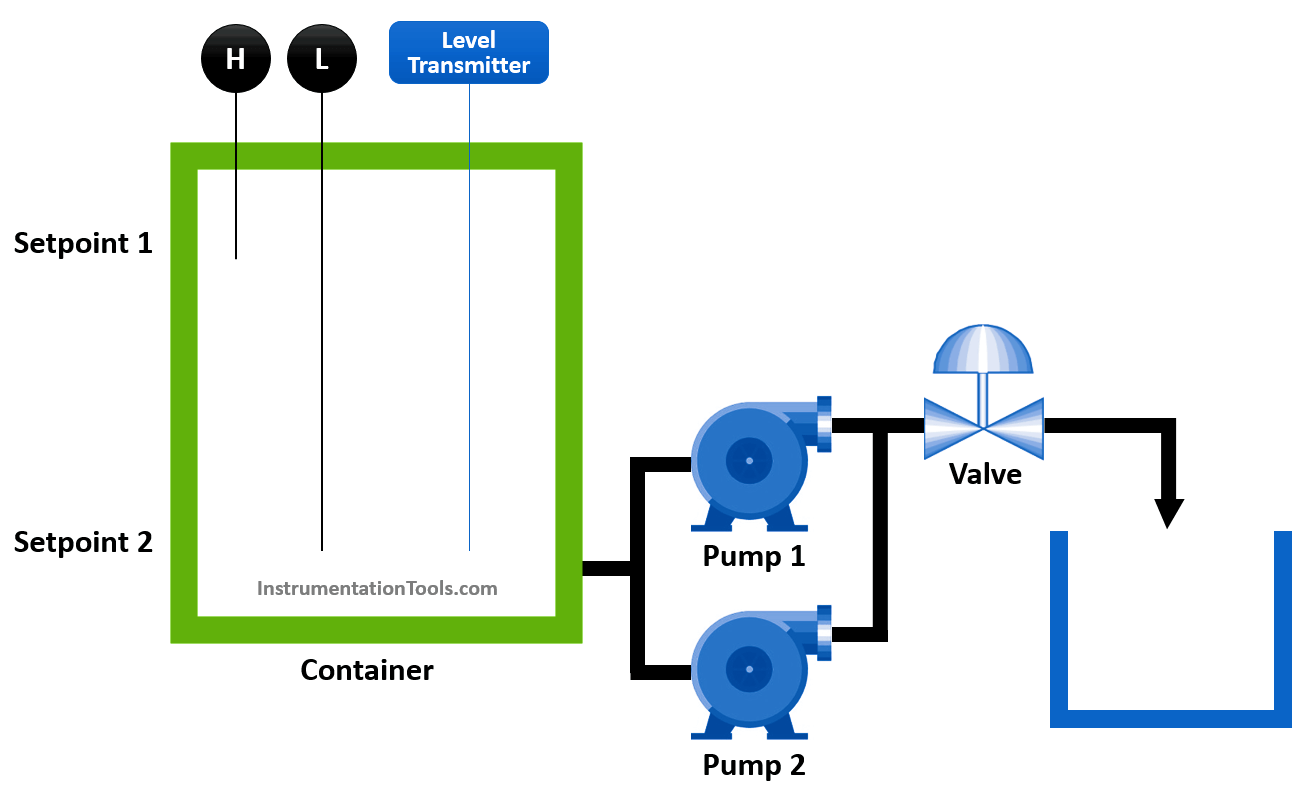
The above typical dosing unit consists of a chemical container with Level Instruments & Switches. It shall indicate the chemical contained in the container.
The dosing pumps 1 & 2 shall operate in Duty / Standby mode in order to maintain the redundancy. The outlet valve shall discharge the chemical into the point of location.
Process Steps
The operator has the facility to dose the chemical in Auto / Manual Modes from HMI / SCADA.
Manual Mode
In manual mode, the operator shall manually observe the level in the container using the level instrument and probes displayed on HMI / SCADA.
If there is sufficient level in the container the operator shall manually open the valve and then enter the start command to Dosing Pump 1 or 2 and enter the required dosing rate (SP1) at HMI / SCADA.
The dosing pump shall continue to dose chemical at operator settable dose rate (l/h).
Once the sufficient dosing is done, operator shall manually stop the dosing pump and close the valve.
Auto Mode
In Auto mode, PLC / DCS shall take care of the steps followed by the operator in manual mode.
The sequence of steps shall be as follows
- The operator enables the dosing process from HMI / SCADA.
- The level in the container goes above the operator settable dosing start level (SP1).
- The open command shall be sent to Valve.
- Once the valve open feedback is received, the dosing pump 1 or 2 start command shall be sent along with operator adjustable dose rate (l/h).
- The dosing shall continue until level in container falls below operator settable dosing stop level (SP2).
- The low level switch shall be interlocked to dosing pump 1 & 2 to avoid dry running.
- The valve open feedback shall be interlocked to dosing pump 1 & 2 to avoid pipeline burst.
Container Filling Operation
- The filling operation is normally done under the observation of the plant operator.
- The operator shall observe the level in the container using the level instrument.
- If there is an insufficient chemical in the tank, then the operator shall ask to fill the tank until a sufficient level is reached.
- The high-level switch is used to avoid overfilling of the container.
Conclusion
Here we observed a typical dosing process where the instrumentation engineer along with the chemical engineer applied the design & development concepts to automate the dosing system.
The safety of the plant is taken care of by the instrumentation engineer by applying the safety interlocking the dosing pumps and filling operation.
Author: NMG
If you liked this article, then please subscribe to our YouTube Channel for Instrumentation, Electrical, PLC, and SCADA video tutorials.
You can also follow us on Facebook and Twitter to receive daily updates.
Read Next:
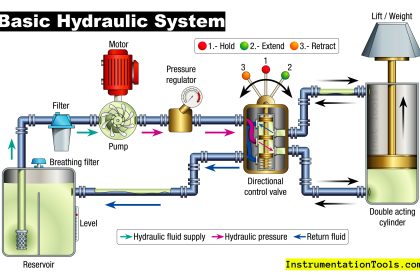
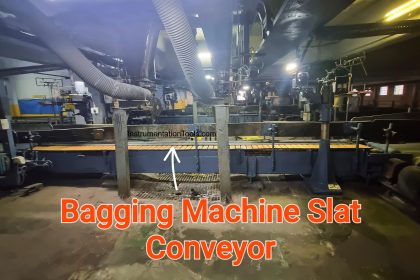
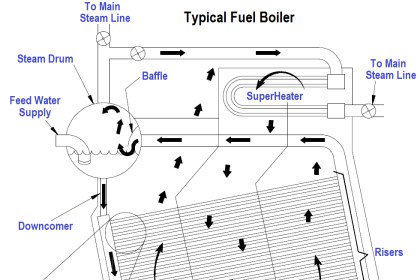
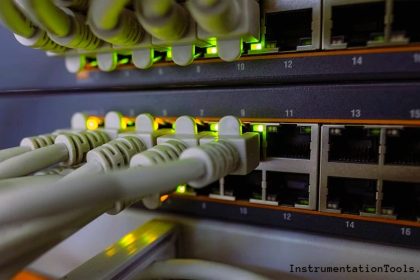
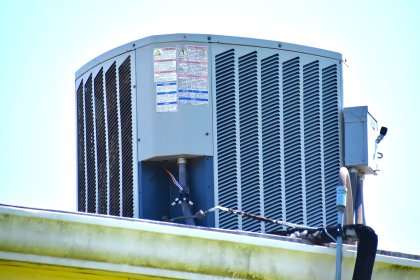

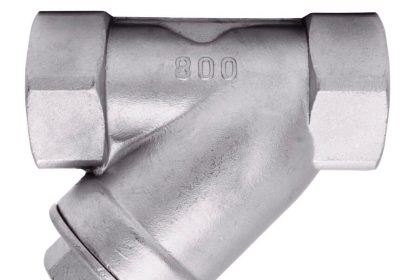
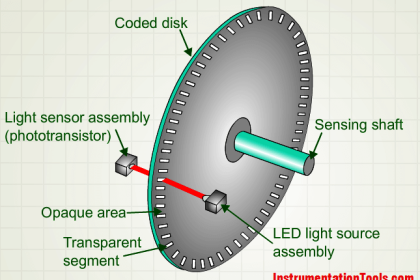

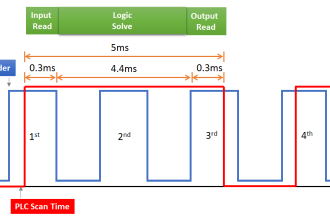


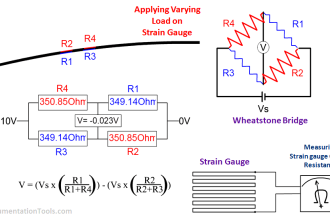
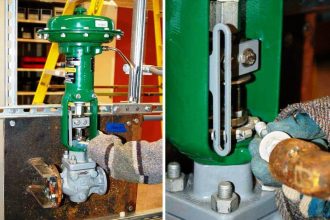
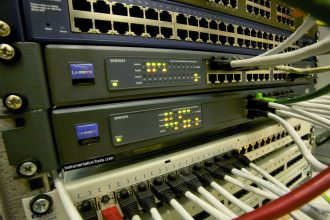
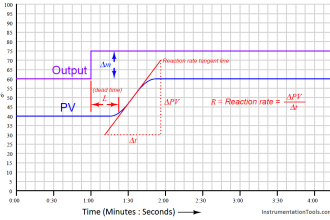

Thank you. Pl add details about plant interlocks.